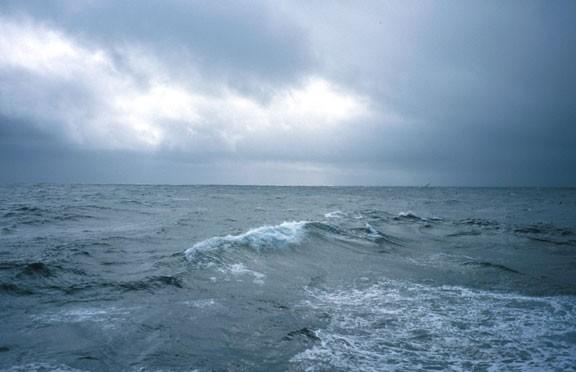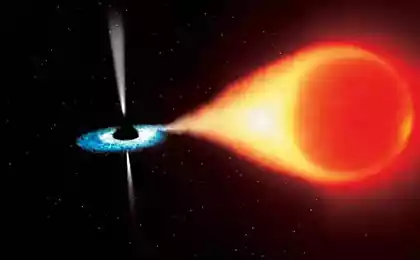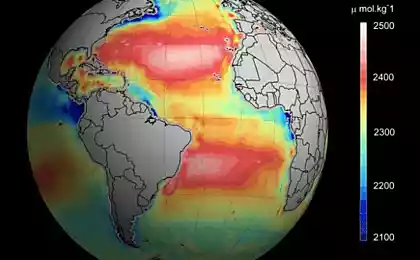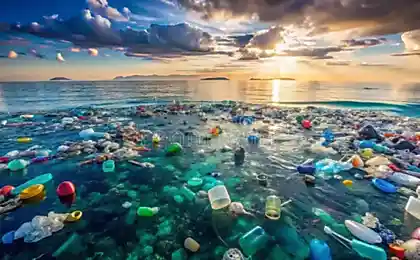829
Scientists: the ozone hole affects the processes of the World Ocean

The thinning of the Antarctic ozone layer has caused changes in the mixture of upper and lower layers of the southern ocean waters, the results of an international study
A team of scientists led by Professor Darrin in from the Johns Hopkins University found that water formed on the surface of the oceans in subtropical latitudes are mixed at a depth much more intense than 20 years ago, and this change mainly refers to the southern waters - close Antarctica.
Research shows that these changes are partly a reaction to the growing ocean winds cause thinning of the ozone layer is now banned chlorofluorocarbons (CFC).
Touching upon the oceans, which play a major role in the absorption of anthropogenic carbon dioxide and heat, the changes will have an impact on the global climate, says Associate Professor Marc Holzer of the University of New South Wales, co-author of the article.
The team analyzed the measurements of chlorofluorocarbon-12 over the last few years on the surface and in deep waters in the southern oceans. The results of these analyzes are published in the latest issue of the journal Science.
Chlorofluorocarbon-12 or Freon commercially used in aerosols, various refrigerating devices and air conditioning in the world as long as the amount of a substance for production purposes were not gradually reduce the 1989 Montreal Protocol, which was created in response to the very rapid depletion of the ozone layer.
"Since production ended with the 1930s began to rise sharply, until interrupted the Montreal Protocol, its concentration in the atmosphere and ocean surface waters has increased rapidly to critical levels - says Holzer. - Measurement of the concentration of the substance on the ocean depth allows us to determine how the surface mixed with the water depth for a long time ».
Analysis of changes in the concentrations of chlorofluorocarbon-12 in depths of 200 to 1500 meters in the period of the early 1990s - the end of the 2000s allowed the research team to determine changes in the level of movement of the surface waters in the internal waters of the ocean, says Holzer. The higher concentration of chlorofluorocarbon-12 in deep waters, the earlier they were on the surface of water.
The work shows that the water in the subtropics (about 25-45 degrees latitude south) on average, there was a more recent contact with the atmosphere, while closer to Antarctica (50-60 degrees south) contact with surface water took place over a long period time ago.

Westerly winds near the ocean surface in Antarctica increased when the thinned ozone layer.
The most hot peppers in the world: Trinidad Scorpion Moruga Blend
Modeled spiral galaxy with a secret























